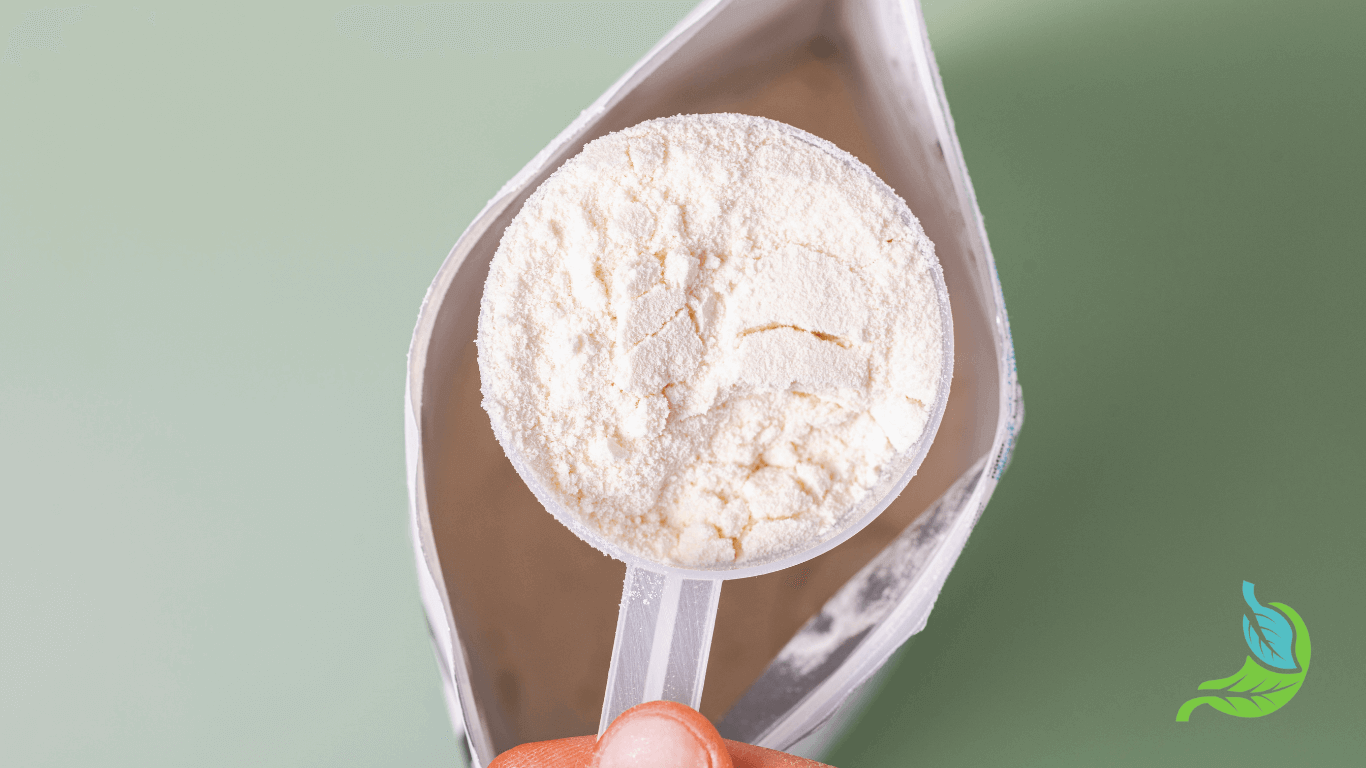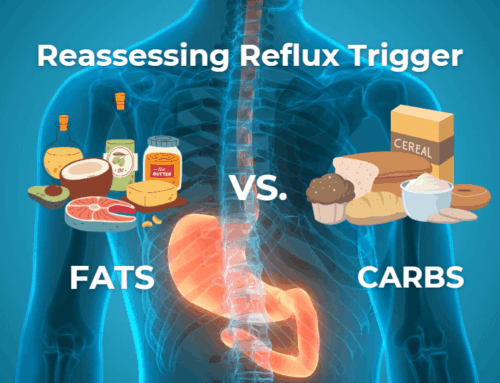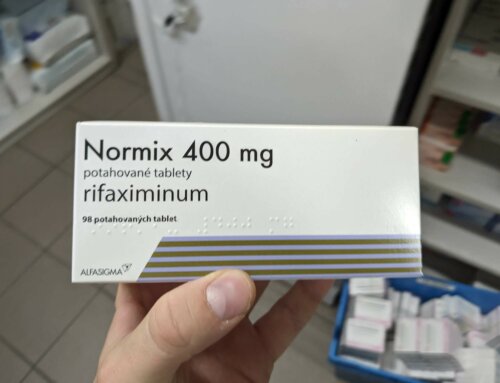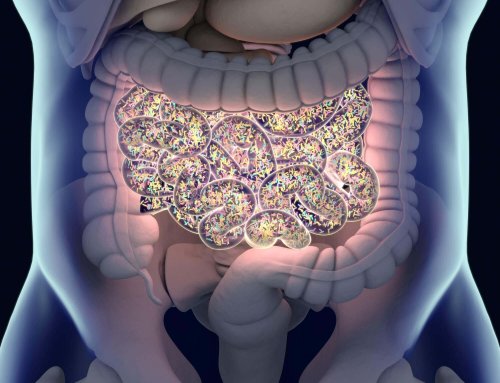Elemental diets are increasingly used to manage digestive conditions like SIBO, IBS, eosinophilic esophagitis, and Crohn’s disease.
Backed by clinical research, these specialized formulas can offer powerful short-term relief, particularly in cases where symptoms are severe or persistent.
But how well do they hold up over time? And are they practical or effective for long-term recovery?
Several peer-reviewed studies shed light on this topic, helping clarify where elemental diets are most effective and where their limitations begin.
🔬What the Research Shows About the Elemental Diet
SIBO / IBS: Pimentel et al., 2004 1
✅ A 14-day elemental diet normalized breath tests in 80% of participants, with significant symptom relief.
🔍However, no long-term follow-up was conducted, so sustainability and relapse rates remain unknown.
Eosinophilic Esophagitis (EoE): Warners et al., 2017 2
✅ Over 70% of adults achieved clinical and histologic remission with an elemental diet.
Of the 17 patients who completed the elemental diet, most suffered from food impactions or severe dysphagia (difficulty swallowing). One week after the diet, 15 (88%) patients became completely asymptomatic.
Also, the majority of the patients suffered from chest pain and/or heartburn at baseline, which improved significantly after the elemental diet.
🔍 The study did not assess outcomes after food reintroduction, which often leads to symptom recurrence in real-world settings.
Crohn’s Disease: Teahon et al., 1991 3
✅ A 4-week elemental diet reduced intestinal permeability and inflammation.
🔍 While short-term improvements were noted, the study did not track whether results persisted beyond the intervention.
Eosinophilic Gastritis and Gastroenteritis (EG/EGE): Gonsalves et al., 2023 4
✅ Participants experienced improvements in symptoms, inflammation, and quality of life.
🔍 However, recurrence was common with food reintroduction, limiting long-term applicability without additional strategies.
Chronic Pouchitis: O’Keefe et al., 2013 5
✅ Some patients experienced symptom relief and changes in microbiota composition.
🔍 Researchers concluded that elemental diets were not effective in inducing sustained remission.
Palatability and Adherence: Rezaie et al., 2025 6
✅ While newer formulations are more palatable, long-term adherence remains a challenge.
🔍 Patients often report difficulty continuing the diet due to taste fatigue and practicality concerns.
In Summary: What the Evidence Suggests About the Elemental Diet
✅ Elemental diets can be extremely helpful in specific situations, such as reducing inflammation, calming acute symptoms, or identifying food triggers.
🔍 But most studies either don’t assess long-term outcomes or show that symptoms often return once regular food is reintroduced.
This suggests elemental diets may be best used as short-term interventions or diagnostic tools, rather than long-term solutions.
The Fast Tract Diet: A Practical, Long-Term Approach
That’s where the Fast Tract Diet comes in. Like the elemental diet, the Fast Tract Diet is designed to reduce the amount of fermentable material persisting in the intestines.
Developed by a medical microbiologist, this evidence-based approach targets fermentation in both the small and large intestine, key drivers of symptoms in SIBO, reflux, and IBS.
Instead of removing real food, the Fast Tract Diet uses a quantitative Fermentation Potential (FP) strategy to support gut health while maintaining nutritional variety, microbiome balance, and lifestyle sustainability.
🥗 Based on real food, instead of a pre-digested defined nutrient formulation
🔁 Supports long-term digestive balance
🌿Promotes relief from gas, bloating, abdominal pain, reflux, and irregularity
Let’s Find the Right Strategy for You
We offer personalized consultations to help you address your digestive health issues based on your medical history, lab results, dietary preference, and goals.
📅 Schedule a Complementary Pre-consultation
🧠 Learn More About the Fast Tract Diet
We’re here to support your journey, not just in the short term, but with an eye toward lasting relief.
📚References
-
Pimentel M, et al. (2004). Normalization of lactulose breath testing correlates with symptom improvement in irritable bowel syndrome: a double-blind, randomized, placebo-controlled study.
PubMed: https://pubmed.ncbi.nlm.nih.gov/14992438/ -
Warners MJ, et al. (2017). An elemental diet decreases eosinophilic inflammation and improves symptoms in adult eosinophilic esophagitis patients.
PMC: https://pmc.ncbi.nlm.nih.gov/articles/PMC5324627/ -
Teahon K, et al. (1991). Studies on the site of increased intestinal permeability in Crohn’s disease.
PubMed: https://pubmed.ncbi.nlm.nih.gov/1904381/ -
Gonsalves N, et al. (2023). Amino acid–based elemental diet improves outcomes in eosinophilic gastritis and gastroenteritis.
PubMed: https://pubmed.ncbi.nlm.nih.gov/37462600/ -
O’Keefe SJ, et al. (2013). Effect of an elemental diet on the gut microbiota in chronic pouchitis.
Oxford Academic: https://academic.oup.com/ecco-jcc/article/7/6/460/452389?login=false -
Rezaie A, et al. (2025). Tolerability and effectiveness of elemental diets in gastrointestinal disorders: A modern review.
ScienceDirect: https://www.sciencedirect.com/science/article/pii/S1542356525002411







Leave A Comment
You must be logged in to post a comment.